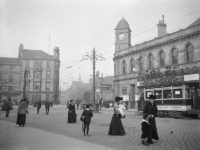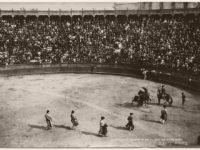Vintage: Scotland during the Edwardian Era (1900s)
The Edwardian era was a time of unprecedented social and political revolution in Britain. By the start of the new century, the country had reached a level of such general prosperity that, for the first time, working men and women were in a position to both argue and agitate for a share of the wealth. In Scotland, at the centre…

























